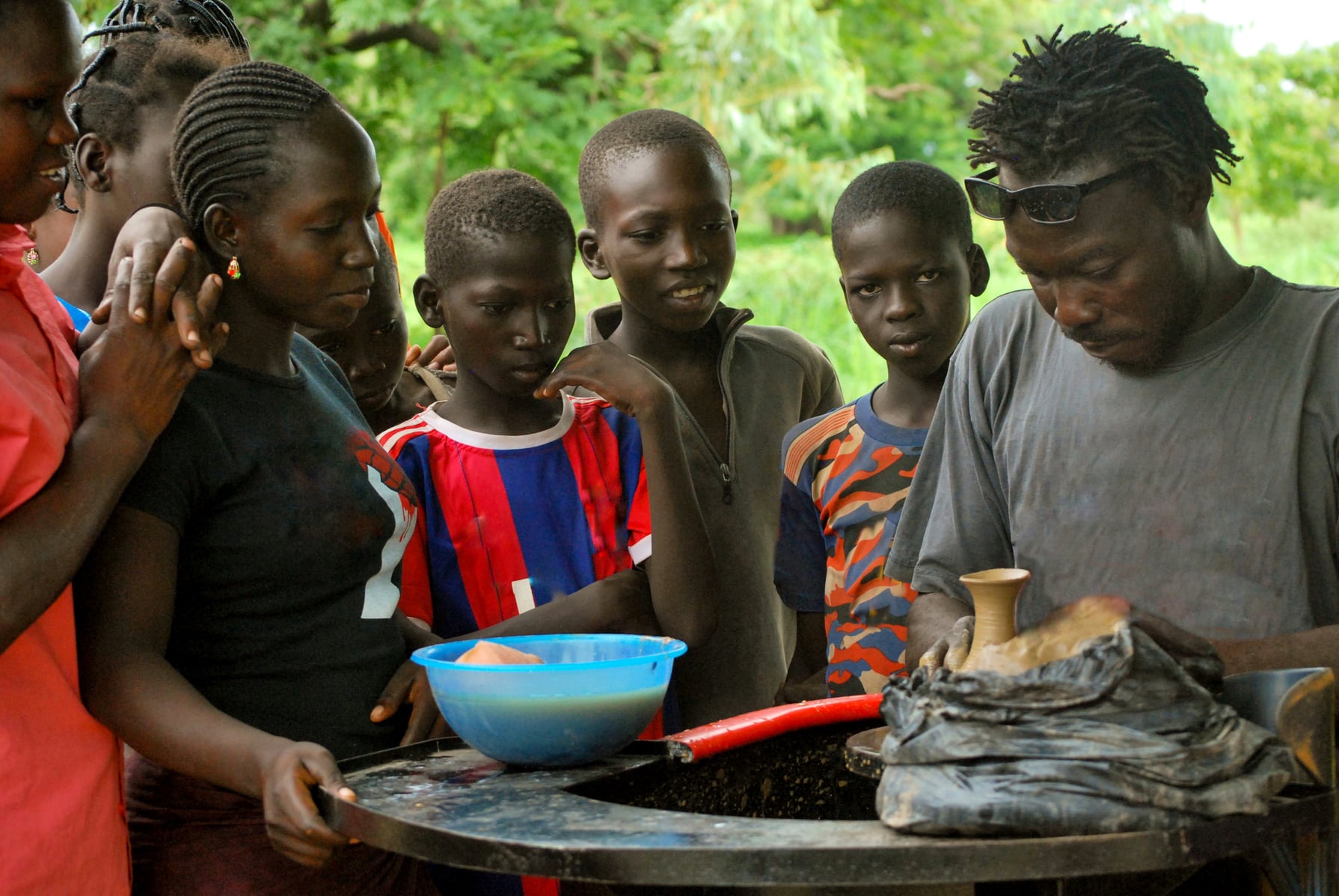As pet owners, one of the most challenging times could be when your beloved dog has to undergo surgery. Your furry friend may exhibit signs of discomfort, pain, or confusion, and it’s not uncommon to feel uncertain about how best to support them during their recovery. One such surgery is a type of knee surgery, known as an Anterior Cruciate Ligament (ACL) surgery. This article aims to shed light on this surgical procedure and discuss the best post-surgery exercise regimen to aid your pet’s recovery.
Understanding ACL Surgery in Dogs
To fully appreciate the importance of your dog’s post-surgery care, it’s essential to understand what ACL surgery entails. The ACL is a crucial component of your dog’s knee joint, responsible for stabilizing the joint and allowing for smooth movement. Unfortunately, dogs, particularly those carrying excess weight, are susceptible to ACL injuries, making surgery a necessary intervention to restore the joint’s functionality.
Also to read : What Are the Effective Ways to Train a Dog to Stop Counter-Surfing?
The surgical procedure involves the removal of the damaged ACL and replacing it with a synthetic ligament. Though it’s a standard procedure, the recovery process is crucial and requires diligent care and attention from the pet owner.
The Crucial First Week Post-Surgery
The first week after your dog’s ACL surgery is a crucial period that requires your utmost attention. Your pet will experience some level of pain and discomfort, and it is your responsibility to provide the necessary support to ease this transition period.
In parallel : What’s the Best Way to Treat a Tropical Fish with Fin Rot in a Community Tank?
During this time, it’s essential to limit your dog’s movement and give them plenty of rest. Strict cage rest is often recommended for the first few days to prevent the dog from putting weight on the operated leg. Additionally, you might need to assist your pet with their bathroom needs by using a sling or a towel under their belly to support their weight.
Pain management is another important aspect to consider during this week. Your veterinarian will likely prescribe pain medications and anti-inflammatories to help manage your dog’s discomfort. Remember, the goal during this phase is to keep your dog comfortable and prevent any excessive movement that could potentially compromise the surgical site.
Introducing Gentle Exercises to Aid Recovery
After the first week post-surgery, you can slowly start introducing gentle exercises into your dog’s routine as part of their recovery. These exercises should focus on helping your dog regain muscle strength and joint flexibility. It’s important to start slow and gradually increase the intensity and duration of these exercises over time.
One of the best exercises you can start with is leash walking. Starting from the second week post-surgery, take your dog for short, gentle walks on a leash for about five to ten minutes, three times a day. The leash helps control your dog’s pace, preventing them from running or jumping, which could potentially harm the surgical site.
Another useful exercise is passive range-of-motion (PROM) exercises. This involves gently moving your dog’s operated leg to mimic natural movements. This not only helps keep the joint flexible but also promotes blood circulation to the surgical site, aiding in recovery.
Implementing a Long-term Exercise Regimen
As your dog continues to recover, it’s necessary to incorporate a long-term exercise regimen that can help them regain their strength and functionality. These exercises should be performed under the guidance of a professional physical therapist or your veterinarian to ensure they are safe and beneficial for your dog’s specific condition.
Some of these exercises may include swimming, which is a low-impact exercise that can help build your dog’s strength without putting too much strain on their joints. Another exercise to consider is the use of a balance board or an exercise ball to help improve your dog’s balance and core strength.
Remember, a successful recovery from ACL surgery is not solely dependent on the surgical procedure, but also heavily relies on the post-surgery care and rehabilitation. As pet owners, your role is to provide the necessary support and care to aid your dog’s recovery journey.
Focusing on Weight Management
Finally, it’s important to mention weight management as part of your dog’s recovery protocol. Extra weight can put added pressure on your pet’s joints, leading to further complications and slowing down the recovery process.
Ensure your dog is on a balanced diet and avoid excessive treats. Consult with your vet to establish a suitable diet plan and implement portion control to prevent weight gain.
Remember, the recovery process can be a slow one, and it’s crucial to be patient and supportive. With the right approach, you can make the journey less stressful for both you and your dog and ensure their journey towards recovery is a success.
Recognizing the Importance of Physical Therapy
Incorporating physical therapy as part of your dog’s recovery process after anterior cruciate ligament (ACL) surgery is a crucial step that shouldn’t be underestimated. Physical therapy offers a suite of benefits that can significantly boost your dog’s recovery progress. It aids in enhancing your dog’s mobility, reducing pain and swelling, and speeding up the overall recovery time.
Physical therapy usually involves a series of exercises that aim to restore strength and range of motion to your dog’s operated leg. These activities should be introduced gradually and with increasing intensity as your dog’s health improves. It’s important to remember that physical therapy should be conducted under the supervision of a professional therapist or your vet to ensure the exercises are beneficial and safe for your dog’s particular situation.
One suitable physical therapy exercise is leash walks. These walks involve taking your dog on short, gentle walks on a leash several times daily. Leash walks can control your dog’s pace, helping to avoid running or jumping which could potentially harm the surgical site.
Another exercise that can be beneficial is the sit-stand exercise. This requires your dog to sit and stand repeatedly, which can significantly improve the strength and functionality of their operated leg. You could also incorporate passive range-of-motion (PROM) exercises, which involve gently moving your dog’s operated leg to mimic natural movements, thereby promoting flexibility and blood circulation.
Remember, physical therapy is an integral part of your dog’s recovery after ACL surgery. While it might take time and patience, it will help your dog regain their strength and mobility more quickly, leading to a more successful recovery.
Conclusion: The Road to Successful Recovery
Recovering from a cranial cruciate ligament (ACL) surgery can be a long and challenging process for your dog. However, with the right post-surgery care and exercise regimen, your furry friend can bounce back stronger and healthier.
The first week after surgery demands your utmost attention, where your primary focus should be to provide comfort and pain management for your dog. From the second week onwards, introducing gentle exercises such as leash walks and passive range-of-motion (PROM) exercises can help your dog regain muscle strength and joint flexibility.
As your dog continues to recover, it’s essential to implement a long-term exercise regimen, which may include swimming, balance board exercises, and sit-stand exercises. Remember, these exercises must be performed under the guidance of a professional physical therapist or vet to ensure they’re beneficial for your dog’s specific condition.
Furthermore, weight management is a pivotal aspect of your dog’s recovery. Maintaining a balanced diet and controlling portions can prevent additional stress on your dog’s joints.
Lastly, remember to be patient. Recovery can be a slow process, but with consistent care, love, and support, you can help your dog successfully navigate through this recovery journey post-ACL surgery.











